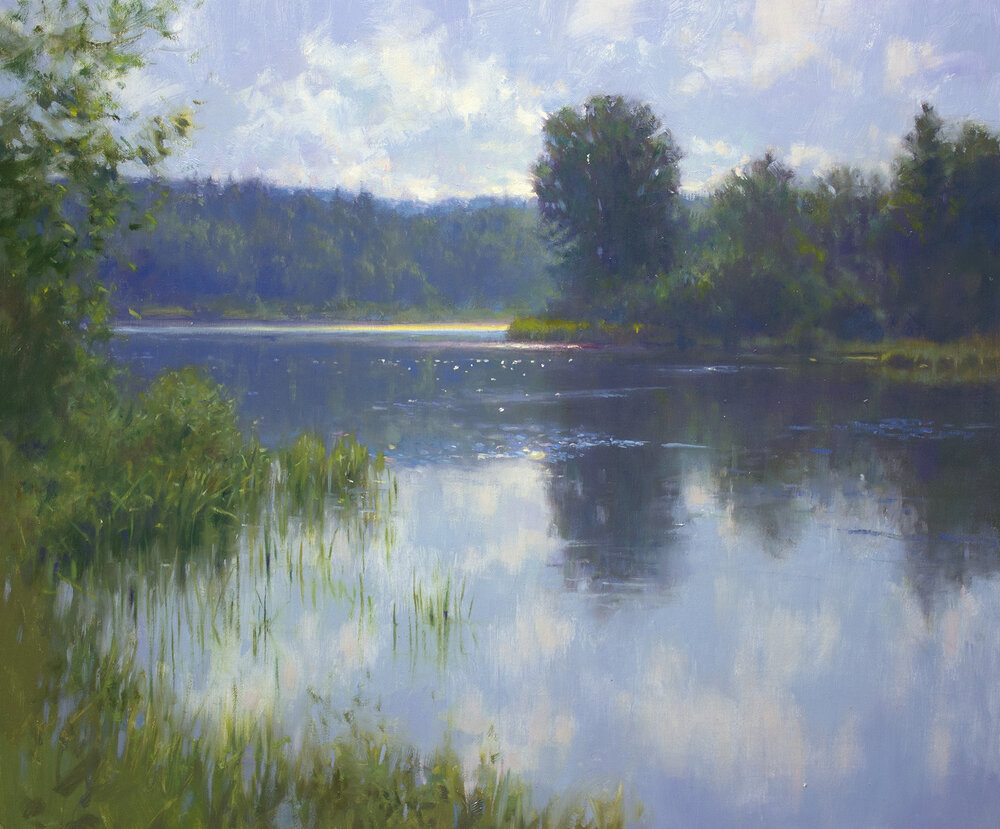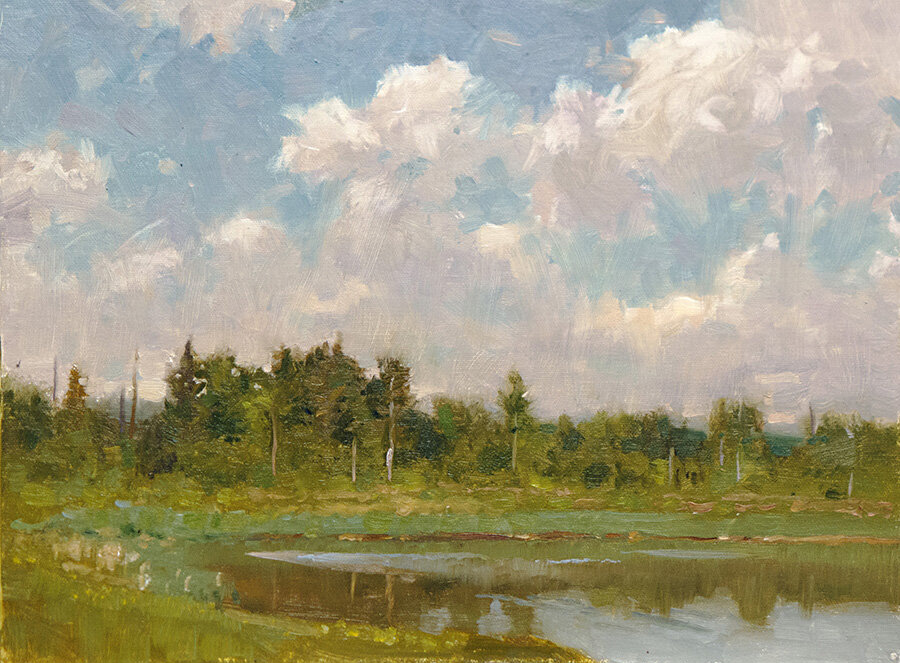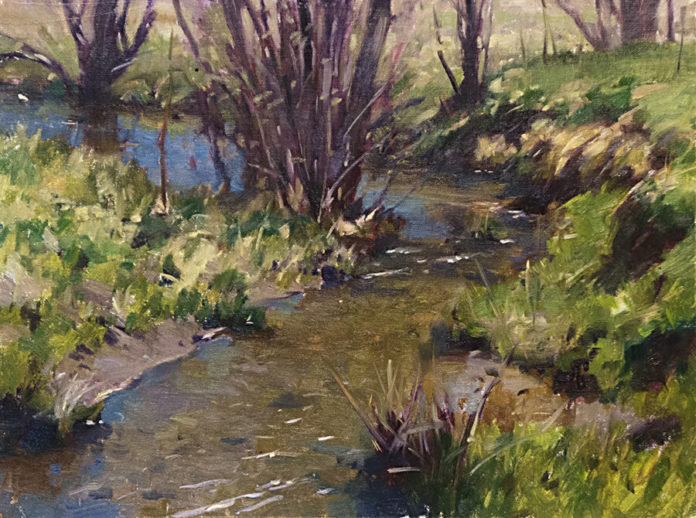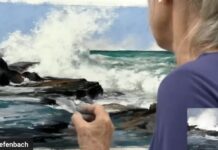How to Paint Landscapes: The Devil is in the Details
by John MacDonald
jmacdonald.com
Whether you’re creating oil landscapes, watercolor portraits, or collages in fabric, the rules governing the values in an image – how you establish the value structure and handle the secondary values – are clear, universal, and inviolable. But the rules pertaining to the details in a painting aren’t nearly as clear-cut or universally applicable. There’s much greater room for personal interpretation, expression, and preference, and no right answer to the question: “What details do I put in, what do I leave out, and how do I paint them?”
While the quantity of details in a painting doesn’t determine its quality, that’s little help in deciding how to make them work for you. The paintings of the Photorealists, the Hudson River School painters, and many fine contemporary landscape painters feature an abundance of details. Paintings of the Tonalists tend to feature few. Deciding how to use them can be difficult.

How to Paint Landscapes
Seven Suggestions for Handling Details in a Mood Painting
(or any genre of painting)
1. Before touching a brush, decide what you want to say with your painting. Identify those details that will be essential in conveying your message, in directing the eye, and then be willing to sacrifice all others if needed.
2. If there are two or more areas of attractive details that you simply must paint, then create two or more paintings. Don’t try to say everything in one painting.
3. How a painting appears isn’t necessarily a result of how it was painted. You can paint a loose, spontaneously-appearing detail with great deliberation and focus. If it doesn’t work the first time, scrape it off and try again. (This was Sargent’s method.)
4. The more important the details in an area, the more important the areas adjacent to it should be relatively simple. Don’t dilute the impact of important details by placing numerous, superfluous details adjacent to them.
5. As the painting nears completion, every additional detail will either help it or hurt it. Slow down. After every brushstroke, ask yourself, “Is this detail necessary?”
6. Work on your drawing skills. Simplicity isn’t simple and painting a detail loosely and suggestively is never as easy as it appears. (See suggestion #3)
7. No brushstroke is final; no brushstroke is sacred. It’s only fitting to end with some sage advice given by the master of Tonalist detail, our friend George Inness, who evidently didn’t get it right the first time, either. . . (a fact that gives me great comfort!):
“I paint in all these details in order that I may know how to paint them out.” ~George Inness

The above article is an excerpt from John’s newsletter, available through his website at jmacdonald.com.
By demonstrating his proven landscape painting process, artists of every level will be able to understand and apply John MacDonald’s tried-and-true techniques that have allowed him to create striking and award-worthy paintings. Learn more here in “Poetic Landscapes.”
Visit EricRhoads.com to find out all the amazing opportunities for artists through Streamline Publishing, including:
– Online art conferences such as Plein Air Live
– New video workshops for artists
– Incredible art retreats
– Educational and fun art conventions, and much more.
> Subscribe to Plein Air Today, a free newsletter for artists
> Subscribe to PleinAir Magazine so you never miss an issue





